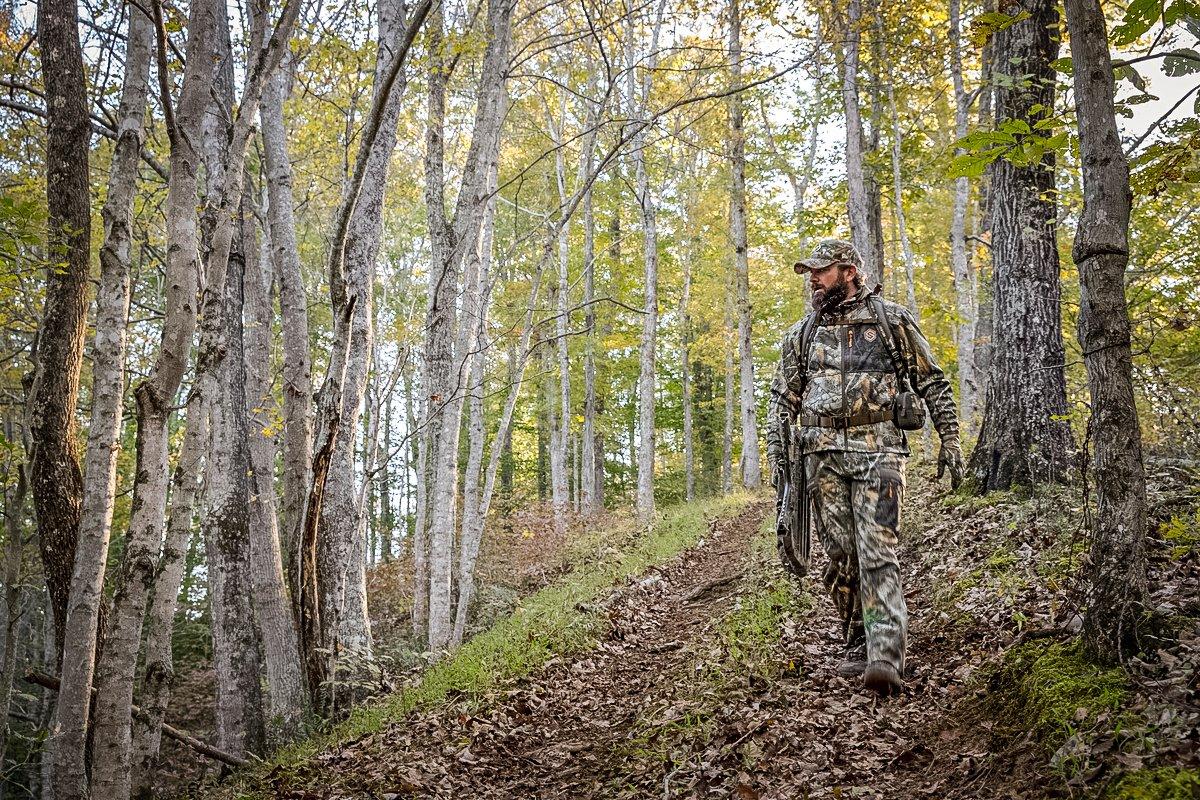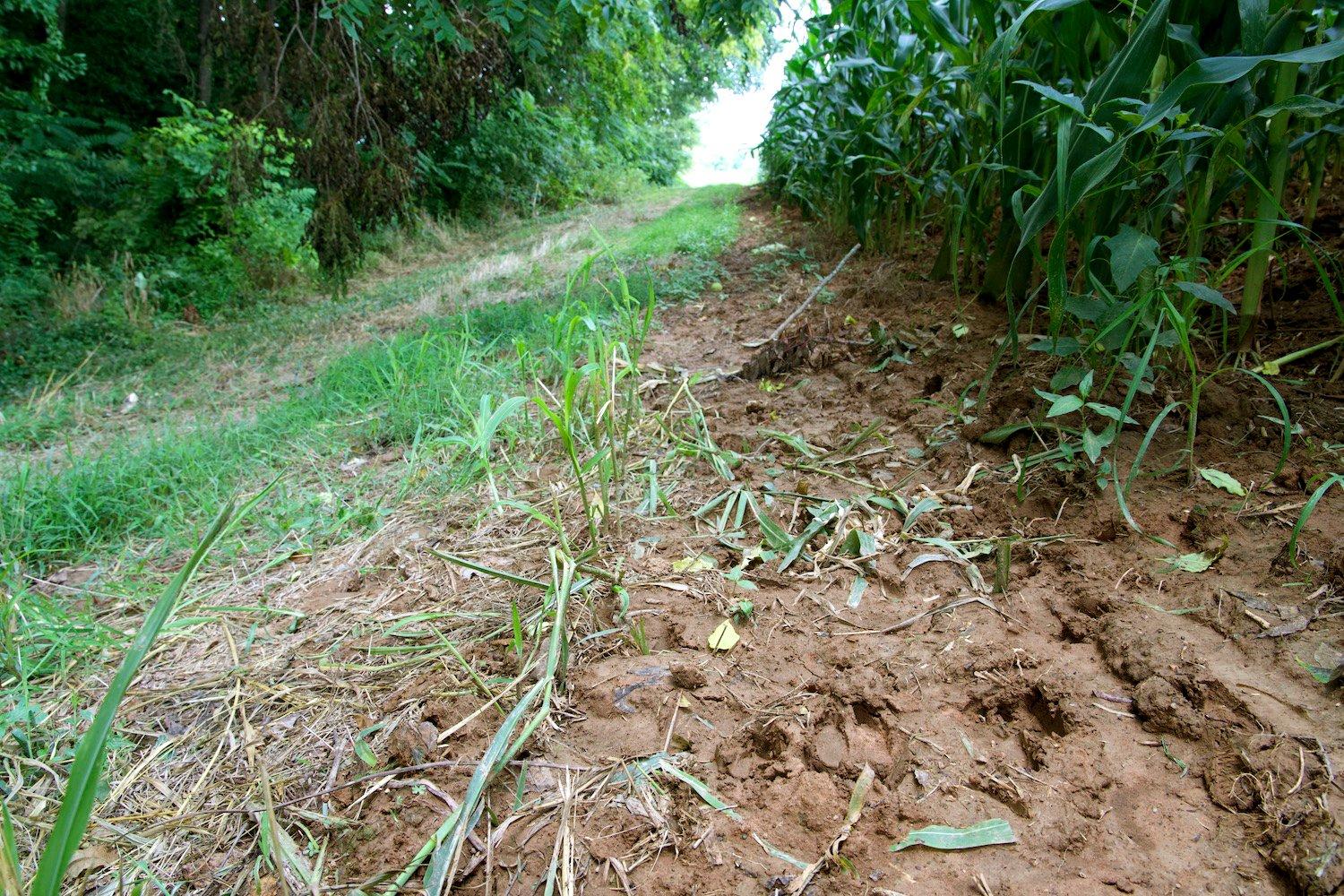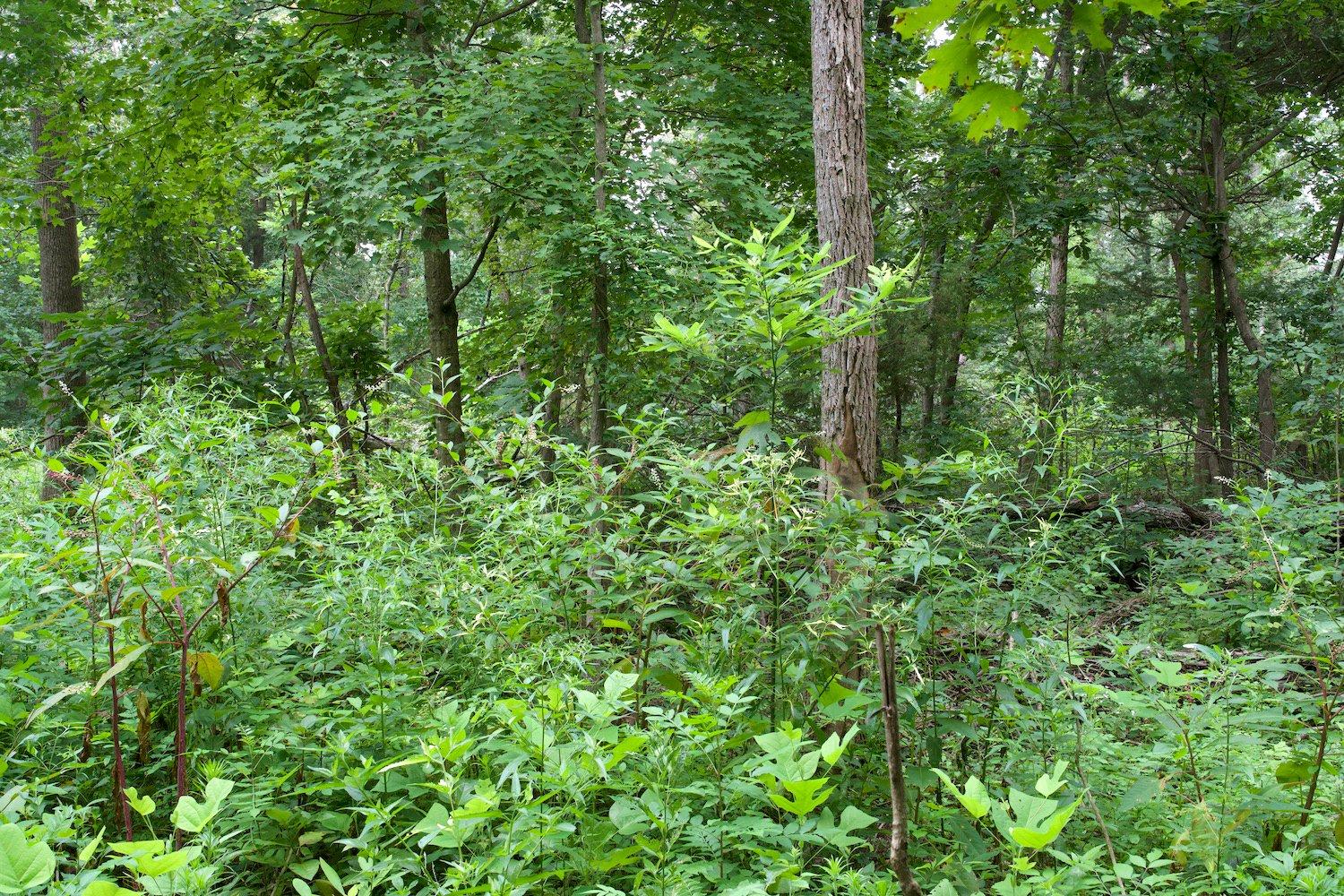It can be easy to overlook the obvious when you know a property well. Are you missing out on big bucks on your place?
All hunting properties change. The changes can be subtle, like a maturing timber canopy snuffing out early successional growth, or they can be more abrupt — like a clear-cutting operation next door. These things reroute deer movement and as hunters, we must be attune to them. But that's not always easy, especially on properties we've hunted for a long time. It's easy to miss subtle changes, and to pay even less attention to what's happening on the neighbor's. We get tunnel vision, or succumb to what I refer to as the back-of-the-hand rut.
When Change Happens
Past experiences on our regular hunting properties help us strategize and prepare to hunt these familiar grounds. From deep knowledge of topography to buck encounters during different phases of the season, the list of advantages for hunting familiar properties is long. But downsides also exist from knowing these properties so well.
The longer we hunt a place, the more likely we are to sink into complacency because we base our current and future actions on past experiences.
I am guilty of it. Several years I totally missed a huge change on a property that I've hunted for the better part of 30 years. Per my usual routine on this particular place, I completed all of my prep early in the summer. Before the middle of June, I had put in two small water sources, developed four mineral sites and set out several trail cameras. When I returned in August to check my cameras, I found that I had totally overlooked the fact that the neighboring property had been logged. And it was not just a select cut; the place looked like a bomb site. It was a mess, and it was right next door to my familiar hunting grounds. In fact, even several years later, parts of that ground remain thick with treetops and early successional growth.
As a result of this extensive logging, things changed dramatically for me that bow season. By the next year, it was glaringly obvious that this property on which I had hunted for nearly three decades was completely new to me because of the logging on the adjacent ground. The logging caused the nearly clockwork deer movement pattern to change. I had to relearn how to hunt a place I thought I knew really well.
Try a New Lens
To gain a fresh perspective of your hunting property, bring in a fresh set of eyes. Ask a trusted hunting buddy to review aerial maps of your land. Allow time for your buddy to really study these maps. As soon as the season ends, ask your buddy to go with you to spend a day scouting your property. More often than not, this buddy will be somewhat familiar with the place already from either hunting with you previously or from hearing stories you've shared about your deer encounters or other noteworthy hunts. In my experience, however, the less your buddy knows about the property the better, as that allows for a more subjective and unbiased scout, and fresher outlook. Let your buddy lead the scout. Your job is simply to keep your partner inside property lines and provide food and water.
I have employed this method on several occasions and on different properties. Each time, I walk away scratching my head and asking myself, "Why didn't I think of that? I have even employed that new-lens strategy to help with land improvements. Improving habitat is always a good thing, but to truly unleash the potential of any hunting property, these enrichments need to maximize the benefits to your deer herd, as well as the huntability of the land. Without a new viewpoint, sometimes old habits prevail, and we do what we have always done, putting those water sources and food plots where they have always been.
Try a New Spot
Hunting new land is advantageous for a plethora of reasons. There could simply be better daylight movement at a particular time on one farm versus another. Multiple properties also allow us to keep pressure to a minimum, because we are not forced to hunt the same place on each outing. But perhaps the biggest benefit from hunting multiple properties is that it lessens the tunnel vision. New hunting land — even public land — is one of the best weapons against tunnel vision. It sharpens skills and heightens focus. In addition, it protects us against the boredom associated with hunting the same place year after year. It motivates you to think more creatively, and push to develop new skills.
As I have progressed as a hunter and my techniques have evolved, I have become more aware and vigilant in avoiding tunnel vision. While I lean heavily on my past experiences, I also try to be more intentional about my observational skills before, during and after hunting season. In addition, I take other precautions such as working with my buddies to keep my perspective fresh. In turn, I offer to reciprocate the favor by looking at their familiar properties with a new lens.
My best advice for avoiding tunnel vision? Approach familiar properties as if you don't know them like the back of your hand.
Don't Miss: The Most Effective Trail Camera Plan for Deer Hunting
Check out more stories, videos and educational how-to's on deer hunting.











